5G iPhone 12: discover the prices, deals, specs, and more.
The 5G iPhone 12 has arrived, and in this post we'll provide an overview of Apple's most anticipated handset in a decade.
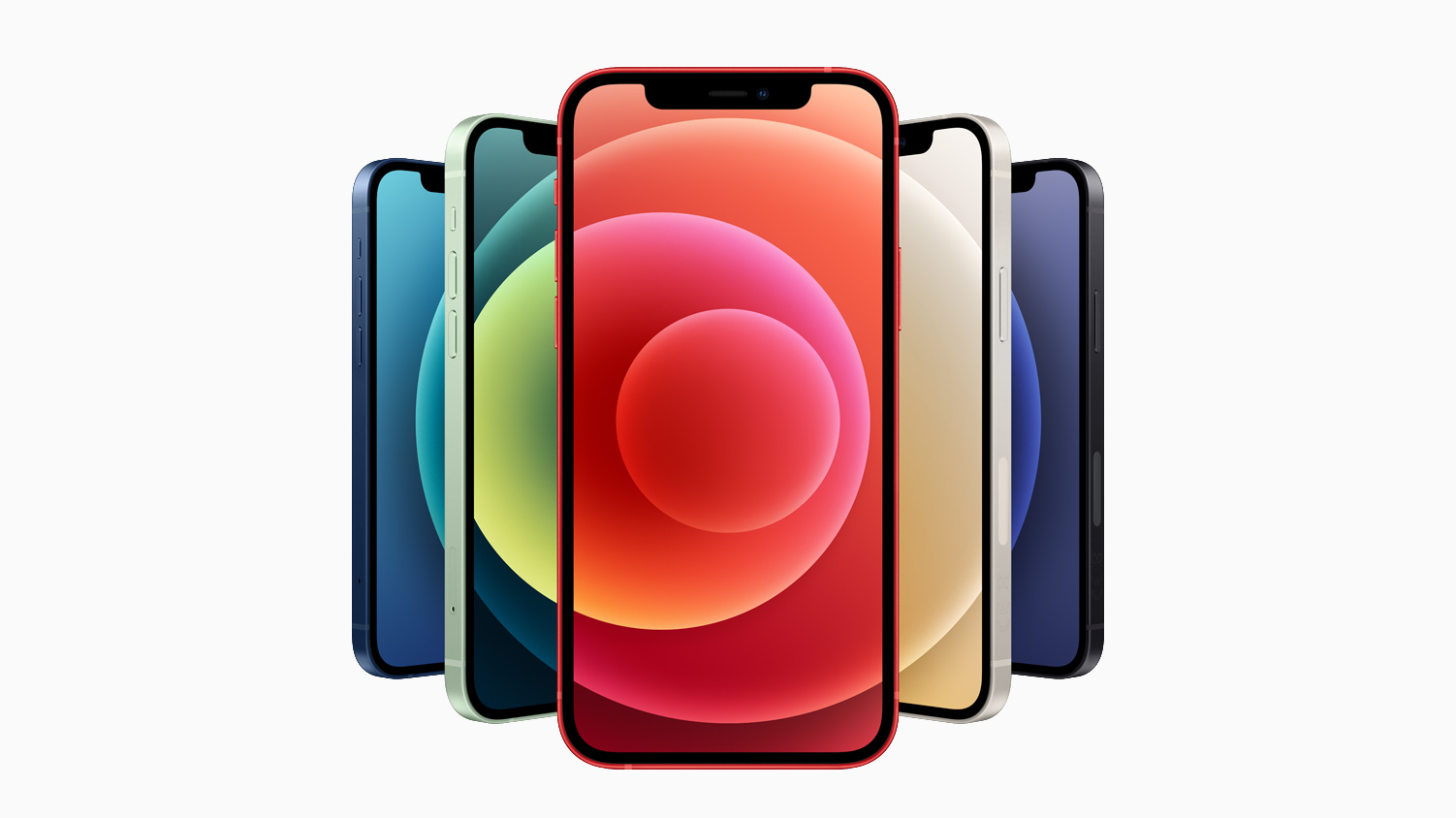
The 5G iPhone 12 has been announced, and it will be available in four models: the iPhone 12, iPhone 12 Mini, iPhone 12 Pro, and iPhone 12 Pro Max.
There's been a lot written about the 5G iPhone, and now we can take a look at whether the rumour mill was right about the phone's specifications, price, and design.
- Discover the best apps for performing a 5G speed test
We didn't originally think the standard iPhone 12 would be a 5G phone, but Apple surprised some commentators by announcing that all of its models in the the iPhone 12 range would come with 5G as standard, with support for low, mid, and highband 5G.
And the new iPhone features custom 5G antennas and radio components, with Apple having optimized the whole stack, from hardware to software, enabling users to get the benefits of 5G without using more power.
Availability of the 5G iPhone 12 models
The iPhone 12 mini price will start at $699, with the iPhone 12 available for $799. And they will be available in five colors (blue, green, black, white, and red.
iPhone 12 Pro and iPhone 12 Pro Max will be available in 128GB, 256GB, and 512GB models in graphite, silver, gold, with the nice addition of pacific blue. Prices start at $999 and $1,099, respectively. And customers can also get iPhone 12 Pro for $29.12 a month, or $699 with trade-in.
The iPhone 12 will be available for pre-order starting on October 16 and will ship the following week while the iPhone 12 mini will ship starting on November 6.
Get up to speed with 5G, and discover the latest deals, news, and insight!
Pre-orders for the iPhone 12 Pro Max begin at 5 a.m. PST on Friday, November 6 before the phones launch on Friday, November 13.
And customers in Australia, China, Germany, Japan, the UK, and the US will be able to pre-order iPhone 12 Pro beginning at 5 a.m. PDT on Friday, October 16, with availability beginning Friday, October 23.
All orders can be made via apple.com on the above dates.
5G iPhone 12 deals
5G iPhone 12 Pro deals
5G iPhone 12 specs
All of the phones in the iPhone 12 range will come with Apple's new A14 Bionic chipset, which is the first chip in the smartphone industry built on 5nm (nanometer) process.
This upgrade to the chip manufacturing process means that a lot more can be included on a chip, and - according to chip-maker TSMC - the new 5nm node will reportedly deliver a 1.8x greater density over 7nm, and 15% higher clock speeds at the same power; or reduce power consumption by 30% (we're yet to see which Apple has opted for).
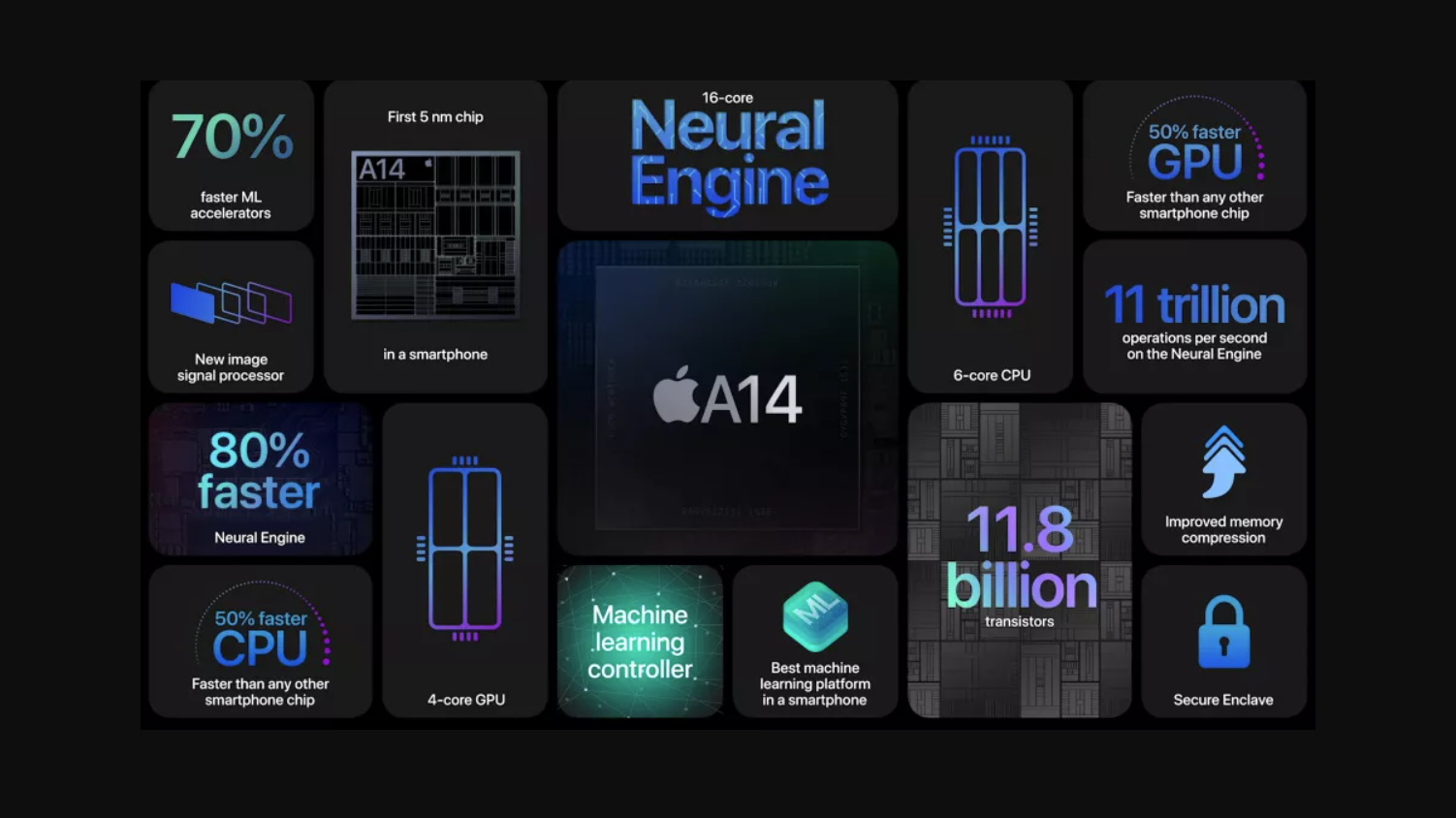
According to Apple, the A14 Bionic has the fastest CPU and GPU by up to 50 percent, and it features a 16-core Neural Engine, for an 80 percent increase in performance, which is capable of completing 11 trillion operations per second, enabling improved performance on even the most intense ML models. (This is a 40% increase on the capabilities of the A13.)
Ceramic Shield on all 5G iPhone 12 models
One of the stand-out features in the design of the iPhone 12 is a new screen technology, which the Apple calls 'Ceramic Shield.' It has been produced using a method of high-temperature crystallization, which makes it four times more durable than the screen on the iPhone 11.
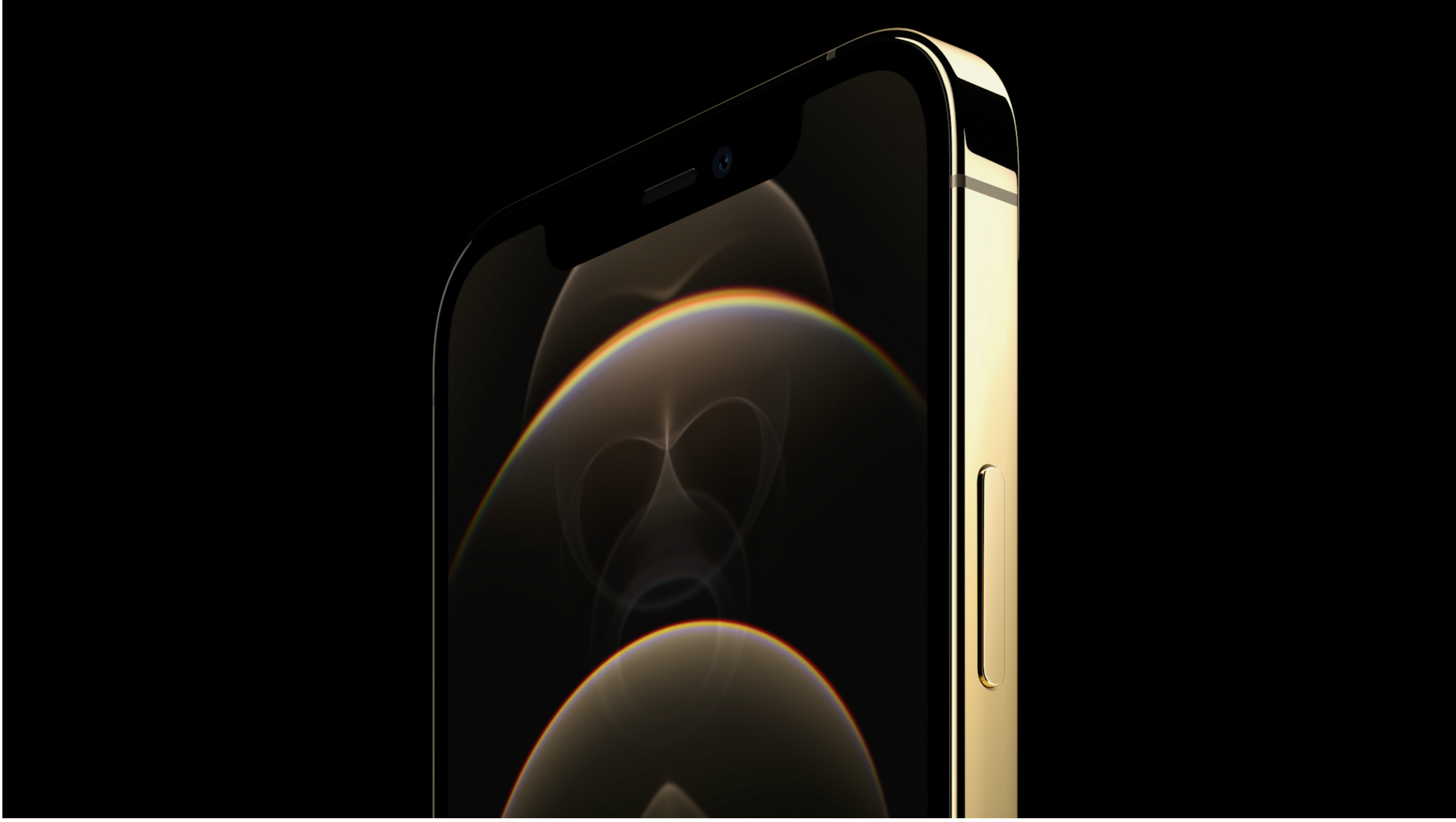
All models - including the 6.1-inch iPhone 12, and 5.4-inch iPhone 12 mini - have a screen that uses a high-temperature process to grow nano-ceramic crystals within the glass matrix, which improves drop performance by four times.
IP68 rating for all 5G iPhone 12 models
The iPhone 12, iPhone 12 Mini, iPhone 12 Pro, and iPhone 12 Pro Max all come with an industry-leading IP68 rating, which means they can be submerged in up to 6 meters of water for a duration of up to 30 minutes. The chances of you taking the iPhone for a swim are probably quite low, though, and what this really means is that you don't have to worry about spills and dropping it in a puddle, pool, or - dare we say it - toilet.
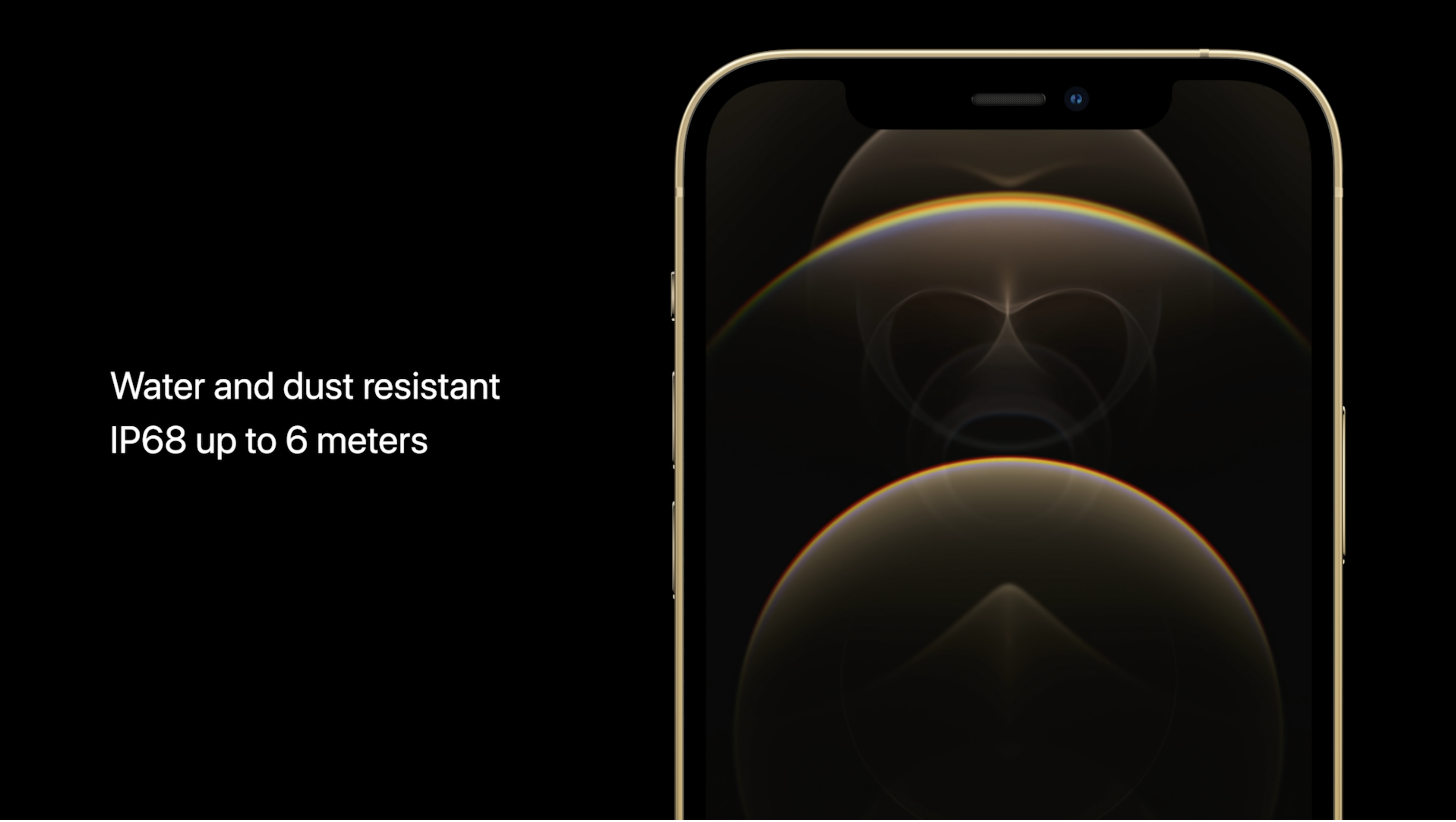
All new iPhones also feature new MagSafe for iPhone technology, which enables more precise, wireless charging, because it automatically centres the charging coil against the phone. And as well as making charging more efficient, it has also opened the door for the development of a raft of new iPhone accessories, such as magnetic cases and card holders, which can snap onto the back of the iPhone.
iPhone 12 and iPhone 12 Mini screens
The iPhone 12 and iPhone 12 mini feature new OLED Super Retina XDR displays (also included in the Pro models), which Apple claims will provide a brighter, more immersive viewing experience. Both models deliver a 2 million-to-1 contrast ratio, providing the blackest of blacks, and HDR video for high-definition viewing.
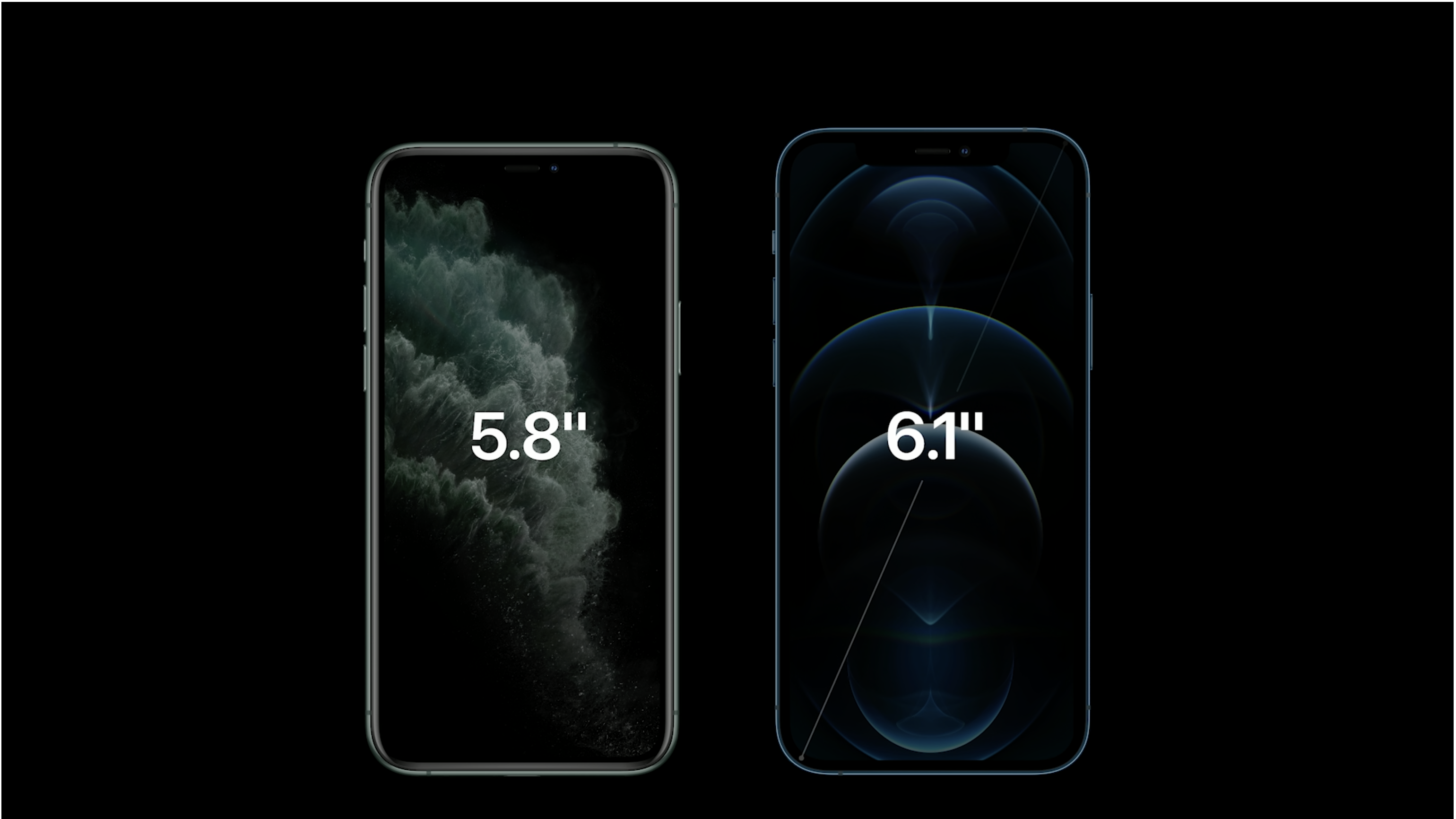
The iPhone 12 comes in at 6.1-inches while the iPhone 12 mini Apple boasts is the thinnest, smallest and lightest 5G smartphone in the world with its 5.4-inch display.
Both models deliver a 2 million-to-1 contrast ratio for true blacks, and an immersive HDR viewing experience for high-definition video, photos with more detail, and nearly twice the peak brightness of iPhone 11.
iPhone 12 Pro and iPhone 12 Pro Max screens
The iPhone 12 range has retained the dreaded notch at the top of the screen, which so many people seem to have a problem with, but most people won't even notice after a few hours of use. But Apple has changed things up elsewhere, with a larger, edge-to-edge display, with reduced borders, providing a 6.1-inch display on the iPhone 12 Pro, and a 6.7-inch display on the iPhone 12 Pro Max.
And the iPhone 12 Pro Max offers the largest display ever on an iPhone and the highest resolution with nearly 3.5 million pixels for a remarkable, true-to-life viewing experience. These OLED displays bring HDR video content to life, reaching 1,200 nits peak brightness (compared to 625 nits on the iPhone 11).
iPhone 12 and iPhone 12 Mini cameras
One of the main differences between the iPhone 12 and the Pro models is the cameras included on the device. The primary camera on the iPhone 12 and iPhone 12 mini include a 12MP primary wide-angle camera, with an f/1.6 aperture. The ultra-wide is also 12MP. This aperture improvement, Apple says, will deliver superior low-light photos with up to 27 percent improvement in low light functionality.
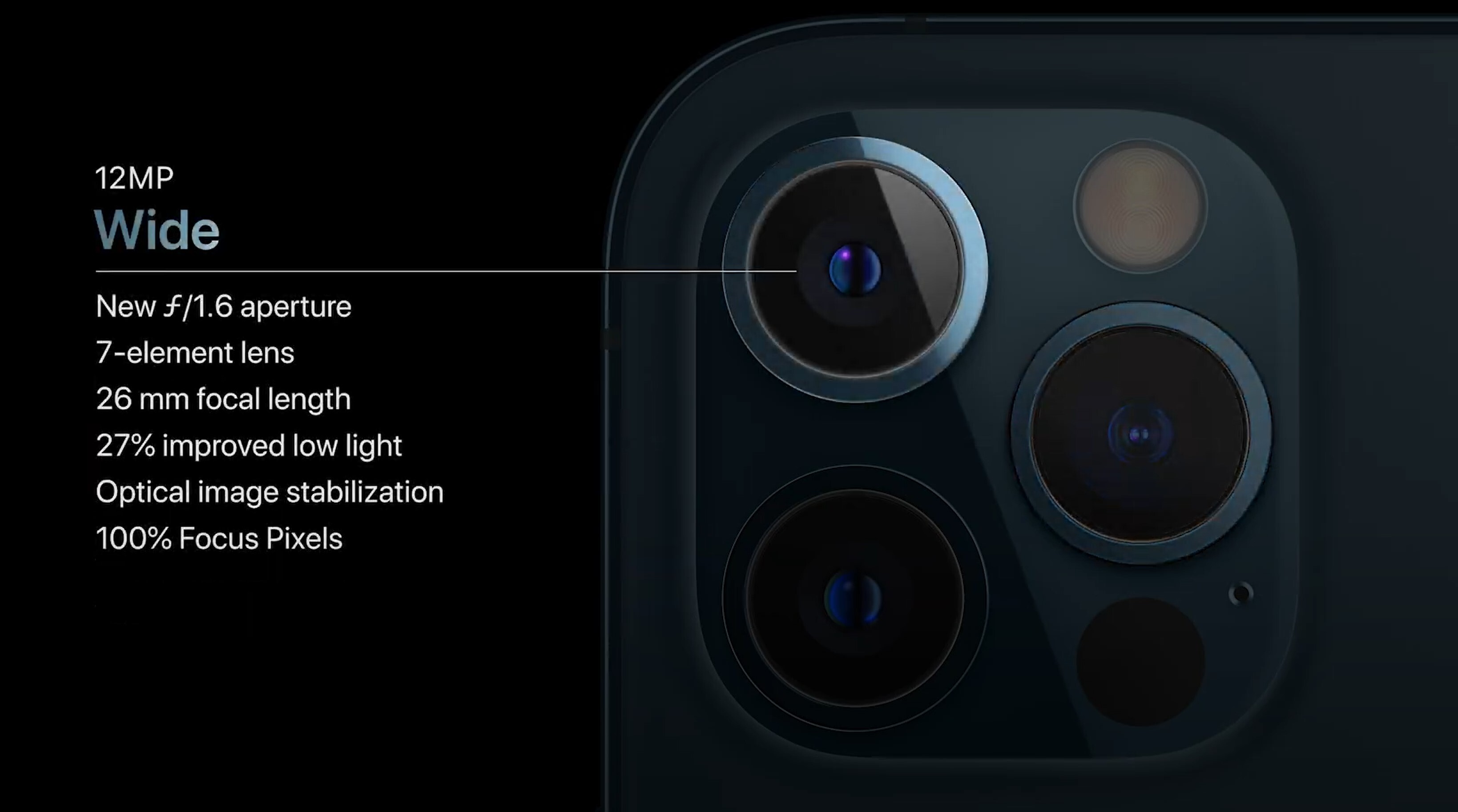
iPhone 12 is also the first camera to shoot HDR video with Dolby Vision, and it supports an end-to-end Dolby Vision experience, enabling you to capture, edit, and share cinema-grade videos natively on iPhone.
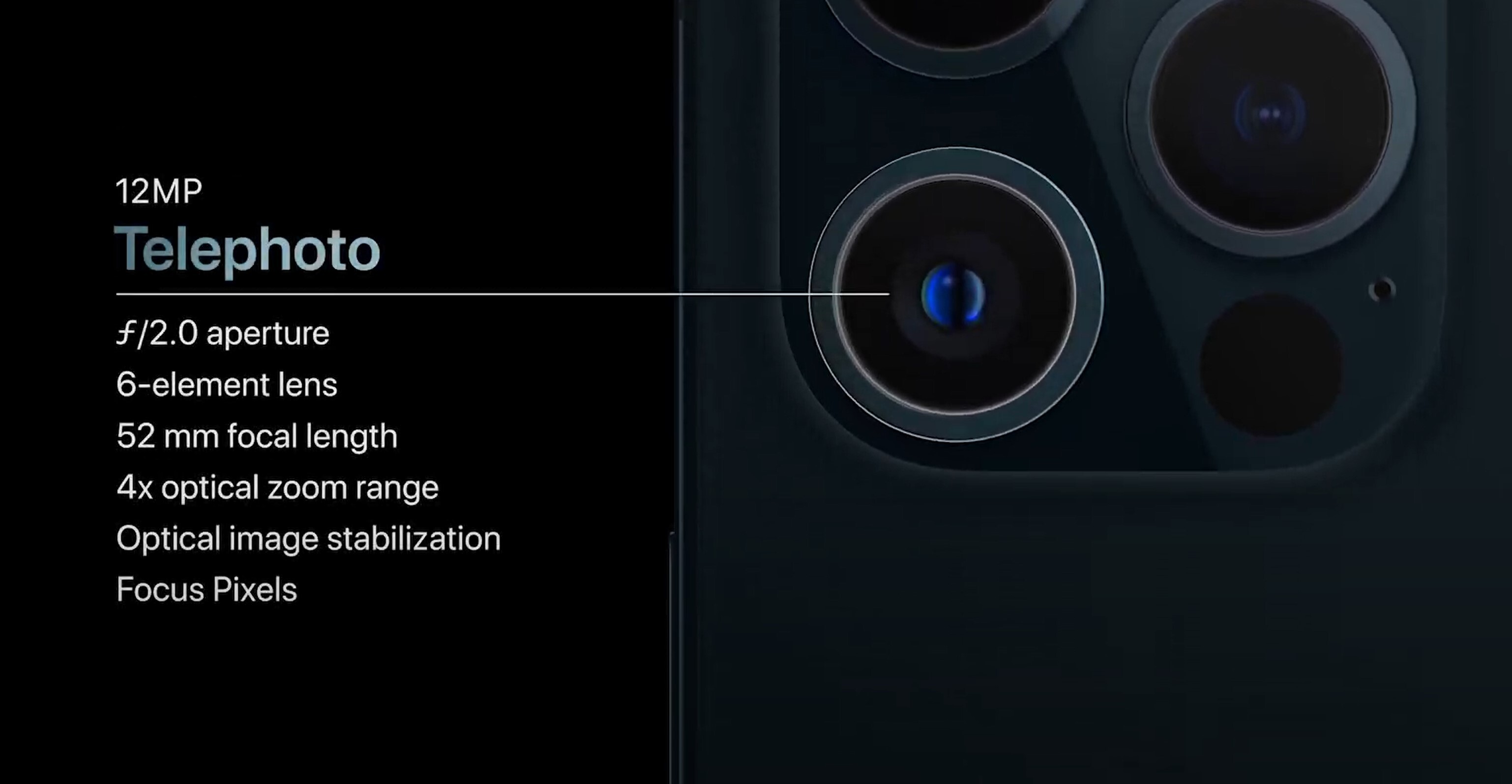
And by putting even more power into its machine learning capabilities, pixel-by-pixel processing is now available in all iPhone 12 models, with the Deep Fusion system using the A14 sensor to capture multiple images, which are then run through the CPU and GPU, before they are finally run through a neural engine to apply the correct enhancements. This feature is available via all four cameras, including a front-facing lens.
iPhone 12 Pro and iPhone 12 Pro Max cameras
Apple's Pro range of the iPhone 12 includes everything you get with the standard versions, but with some more pro-level features thrown into the mix.
Firstly, the Pro range includes an all-new LiDAR Scanner, offering the ability to measure light distance and use pixel depth information of a scene. This technology delivers faster, more realistic AR experiences and improves autofocus by 6x in low-light scenes.

With the Pro models, you also get Apple ProRAW, which will be made available as an iOS update later this year, and will provide many of the benefits of multi-frame processing. Apple ProRAW will combine Apple’s multiframe image processing and computational photography with the versatility of the RAW format, ensuring that the original source image is always available, with edits taking place on a separate layer.
5G iPhone 12 confusion
Interestingly, the launch of Apple's first 5G iPhone may come as a surprise to some users, who seem to think that their current iPhone supports 5G already.
In a survey of 5,000 adults in the United States, conducted by testing and analysis company Global Wireless Solutions, almost a half of respondents believed that their iPhone could access 5G networks, despite the 5G iPhone not launching until the 13th October.
And as well as iPhone users being in the dark regarding 5G, the survey found that another 29% of consumers are unsure if their current smartphone is 5G capable, while 38% of consumers do not know if their wireless carrier provides 5G coverage where they live.
So there's likely to be some confusion amongst iPhone owners over whether their handset is actually 5G-ready.
- The best 5G networks in the UK and US
- Why 5G small cells are vital for mmWave 5G
- Millimeter wave: the secret sauce behind 5G
- Get updates on the hottest 5G stocks
- We reveal the latest 5G use cases
- Discover the truth behind 5G dangers
- 5G towers: everything you need to know
Fiona discovered her love for investing and making money from a young age. Since then this interest has grown and now she loves writing about investing and business, and follows the 5G market closely. She is also a technology enthusiast, and so they tend to be her favourite investments.

